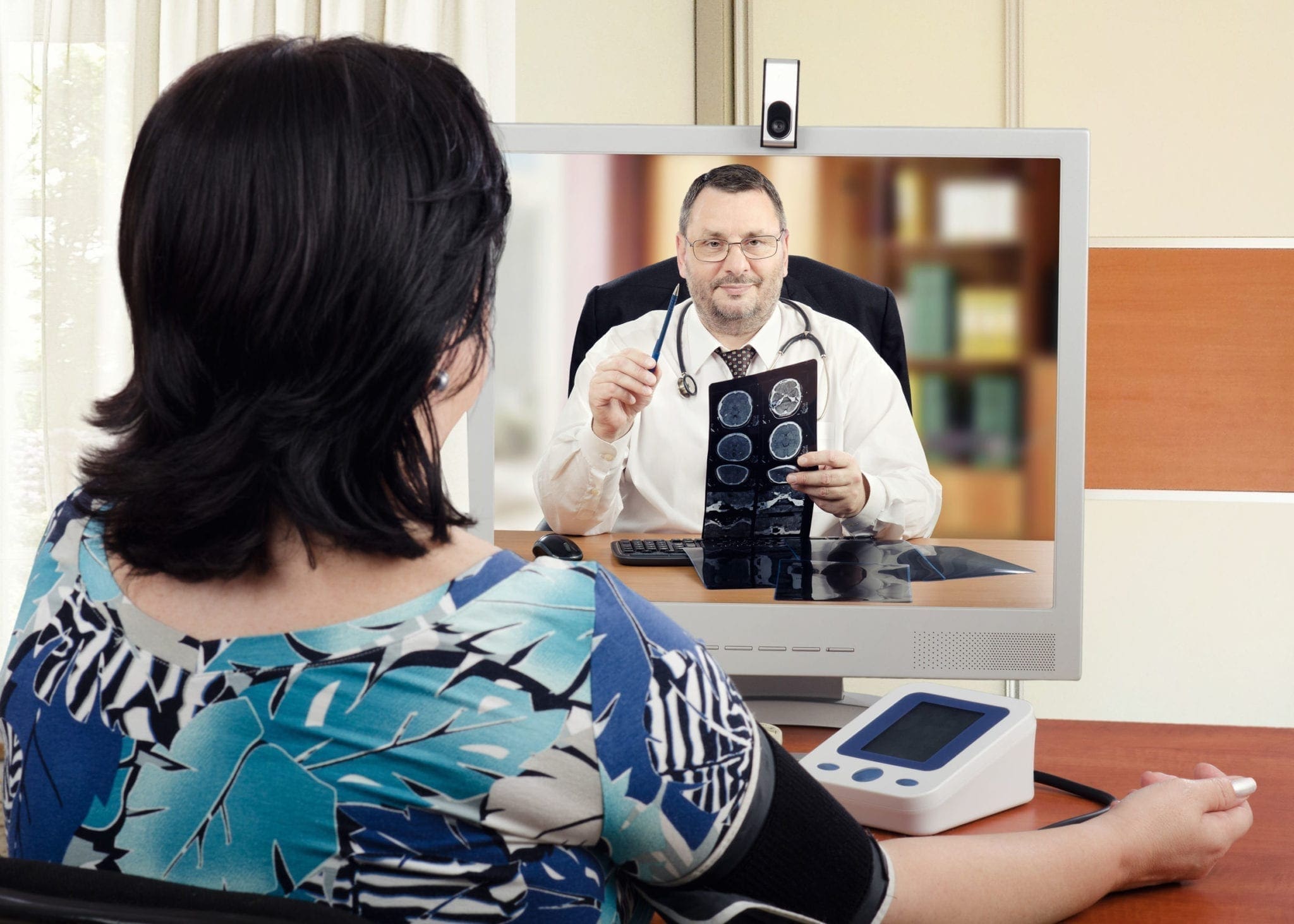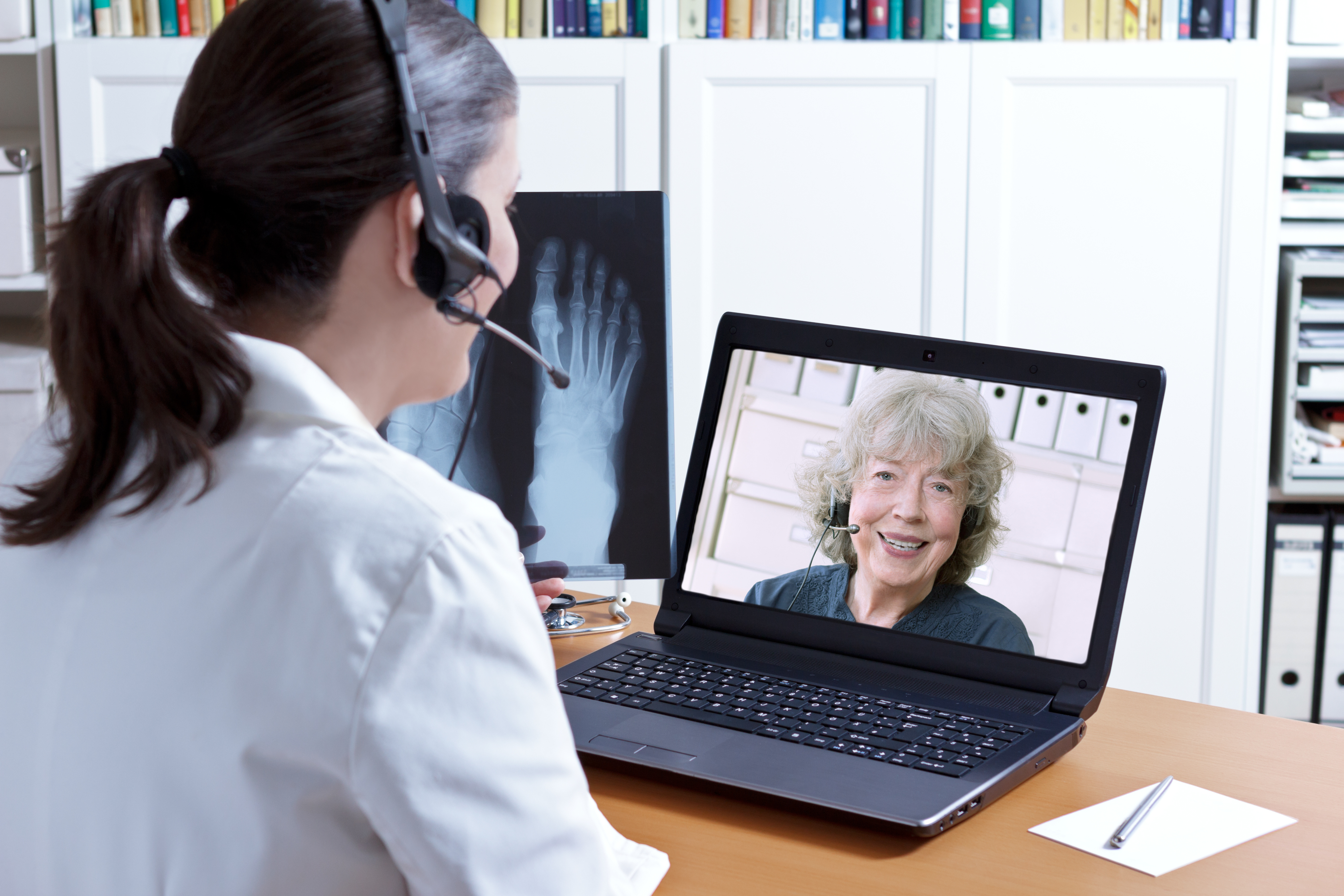Telemedicine has become a buzzword in the healthcare industry, but it's more than just a trend. It's a transformative solution that's changing the way we approach medical care. Imagine being able to consult with your doctor from the comfort of your home, without the hassle of commuting or waiting in crowded clinics. That's the power of telemedicine. Whether you're dealing with a chronic condition or simply need a quick check-up, telemedicine offers convenience, accessibility, and efficiency like never before.
In the past few years, telemedicine has grown exponentially, fueled by advancements in technology and the increasing demand for remote healthcare solutions. The global pandemic acted as a catalyst, pushing healthcare providers and patients alike to embrace this innovative approach. It's not just about convenience; telemedicine addresses critical issues such as healthcare disparities, rural access, and cost-efficiency.
As we dive deeper into this topic, you'll discover why telemedicine is not just a temporary fix but a long-term solution that's here to stay. From understanding its benefits to exploring the challenges it faces, this article will provide you with a comprehensive look at how telemedicine is reshaping the healthcare landscape. So, let's get started!
Read also:Hd Video Mms The Ultimate Guide To Boosting Your Media Experience
What is Telemedicine Exactly?
Telemedicine refers to the use of digital technologies to deliver healthcare services remotely. It's like having your doctor just a few clicks away. Through video consultations, phone calls, or even text-based communication, patients can receive medical advice, diagnosis, and treatment without physically visiting a clinic. It's all about leveraging technology to bridge the gap between patients and healthcare providers.
At its core, telemedicine is about accessibility. It allows people in remote areas, those with mobility issues, or those who simply don't have the time to visit a doctor, to still receive the care they need. And let's not forget, it's also a game-changer for managing chronic conditions, mental health support, and preventive care.
How Does Telemedicine Work?
The process is surprisingly simple. You start by signing up on a telemedicine platform, which could be a website or an app. Once registered, you can schedule a consultation with a healthcare provider of your choice. During the session, you can discuss your symptoms, show any relevant images, and even get a prescription if needed. It's like a virtual clinic, but with all the benefits of modern technology.
Some platforms even offer additional features such as health monitoring tools, medication reminders, and access to your medical records. It's a one-stop solution for all your healthcare needs. And the best part? You can do it all from your couch, in your pajamas, if that's what makes you feel most comfortable.
The Benefits of Telemedicine
Let's talk about why telemedicine is such a big deal. First and foremost, it's incredibly convenient. No more waiting in long lines or taking time off work to visit a doctor. With telemedicine, you can schedule a consultation at a time that suits you best. It's like having a personal doctor on call 24/7.
But convenience is just the tip of the iceberg. Telemedicine also addresses the issue of healthcare accessibility. For people living in rural or underserved areas, finding a doctor can be a challenge. Telemedicine eliminates this barrier, providing them with the same level of care as someone living in a big city. It's about leveling the playing field and ensuring that everyone has access to quality healthcare.
Read also:Melissa Mccarthy Vivian The Ultimate Guide To Her Life Career And Impact
Cost-Effectiveness of Telemedicine
When it comes to healthcare, cost is always a concern. Telemedicine offers a more affordable alternative to traditional in-person visits. Without the overhead costs of maintaining a physical clinic, healthcare providers can offer their services at a lower price point. This makes it an attractive option for both patients and providers.
Moreover, telemedicine can help reduce unnecessary hospital visits and emergency room trips. By addressing minor issues before they escalate, it can save both time and money in the long run. It's a win-win situation for everyone involved.
Telemedicine and Mental Health
Mental health is a critical component of overall well-being, and telemedicine is playing a significant role in improving access to mental health services. With the stigma surrounding mental health still prevalent in many parts of the world, telemedicine offers a discreet and comfortable way for individuals to seek help.
Through telemedicine, patients can connect with licensed therapists and counselors from the privacy of their own homes. This is particularly beneficial for those who may feel uncomfortable discussing their mental health issues face-to-face. It's a step towards breaking down barriers and encouraging more people to seek the help they need.
Challenges in Telemedicine Adoption
Of course, no solution is without its challenges. One of the biggest hurdles facing telemedicine is the digital divide. Not everyone has access to the technology required to participate in virtual consultations. This is especially true for older adults and those in low-income communities. Addressing this issue requires a concerted effort from both the public and private sectors.
Privacy and security are also major concerns. With sensitive medical information being transmitted over the internet, ensuring data protection is paramount. Telemedicine platforms must adhere to strict regulations and standards to safeguard patient information. It's a balancing act between accessibility and security that needs to be carefully managed.
Telemedicine in Rural Areas
Rural areas have long been underserved when it comes to healthcare. The lack of medical facilities and qualified professionals in these regions has led to significant health disparities. Telemedicine offers a solution by bringing healthcare services directly to these communities.
Through telemedicine, patients in rural areas can consult with specialists who may be hundreds of miles away. This is particularly important for conditions that require specialized care, such as cancer treatment or pediatric care. It's about providing equal opportunities for everyone, regardless of where they live.
Success Stories of Telemedicine in Rural Healthcare
There are numerous examples of telemedicine making a real difference in rural healthcare. In one case, a telemedicine program in a remote village in India was able to significantly reduce maternal mortality rates by providing access to prenatal care and emergency consultations. Similarly, in the United States, a telemedicine initiative in a rural county improved diabetes management among its residents.
These success stories highlight the potential of telemedicine to transform healthcare delivery in underserved areas. It's not just about providing access; it's about improving outcomes and saving lives.
The Role of Technology in Telemedicine
Technology is the backbone of telemedicine. From high-speed internet to advanced video conferencing tools, it's what makes virtual consultations possible. As technology continues to evolve, so too does the potential of telemedicine. Emerging technologies such as artificial intelligence and machine learning are being integrated into telemedicine platforms to enhance diagnosis and treatment options.
Mobile health apps are another game-changer. They allow patients to monitor their health metrics, receive medication reminders, and even participate in virtual support groups. It's about creating a holistic approach to healthcare that's accessible and user-friendly.
Future Trends in Telemedicine Technology
Looking ahead, the future of telemedicine is bright. Wearable devices and remote monitoring tools are becoming increasingly popular, allowing for real-time health tracking. This data can be shared with healthcare providers, enabling them to make more informed decisions about patient care.
Virtual reality and augmented reality are also being explored as potential tools in telemedicine. Imagine being able to participate in a virtual therapy session or receive a guided meditation session from the comfort of your home. The possibilities are endless, and the potential benefits are immense.
Regulations and Standards in Telemedicine
As with any healthcare service, telemedicine is subject to regulations and standards. These are in place to ensure the safety and effectiveness of the services provided. In the United States, for example, telemedicine providers must adhere to the Health Insurance Portability and Accountability Act (HIPAA) to protect patient privacy.
Internationally, the World Health Organization (WHO) has issued guidelines for the use of telemedicine, emphasizing the importance of quality, safety, and equity. These guidelines serve as a framework for countries to develop their own telemedicine policies and practices.
Challenges in Regulating Telemedicine
Regulating telemedicine can be a complex task. With healthcare providers and patients often located in different jurisdictions, ensuring compliance with local laws and regulations can be challenging. This requires a collaborative approach between governments, healthcare providers, and technology companies.
Another challenge is keeping up with the rapid pace of technological advancements. Regulations must be flexible enough to accommodate new developments while still maintaining the necessary safeguards. It's a delicate balance that requires constant review and adjustment.
Conclusion: The Future is Telemedicine
Telemedicine is more than just a convenient alternative to traditional healthcare; it's a revolutionary approach that's transforming the way we think about medical care. From improving accessibility to reducing costs, the benefits are undeniable. As technology continues to evolve and regulations become more refined, the potential of telemedicine will only continue to grow.
So, what can you do? Start by exploring the telemedicine options available to you. Whether it's for a quick consultation or ongoing care, telemedicine offers a flexible and efficient solution. And don't forget to share this article with your friends and family. The more people know about telemedicine, the more we can work towards a healthier future for everyone.
Table of Contents
Cost-Effectiveness of Telemedicine
Telemedicine and Mental Health
Challenges in Telemedicine Adoption
Success Stories of Telemedicine in Rural Healthcare
The Role of Technology in Telemedicine
Future Trends in Telemedicine Technology



